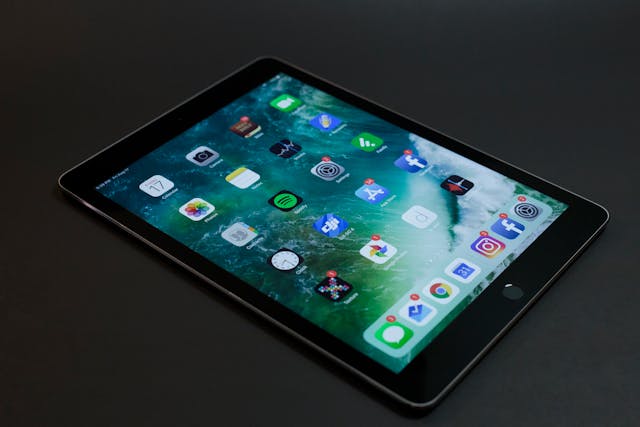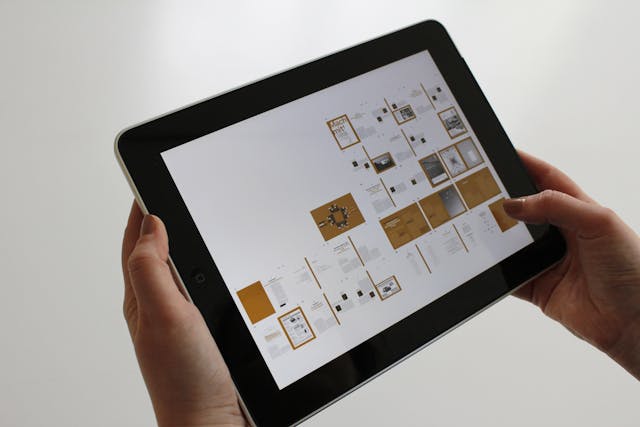Tablets have become indispensable devices, bridging the gap between smartphones and laptops. But the tablet market is vast, with prices ranging from under £100 to well over £1,000. Whether you’re buying your first tablet or replacing an old one, it’s crucial to understand what distinguishes budget models from premium ones—and whether those extra pounds actually buy a better experience. Making a smart purchase starts with a clear comparison of specs, user experience, and long-term value.
 The key differences between budget and premium tablets begin with their performance. Entry-level models typically come with basic quad-core processors, 2GB to 4GB RAM, and limited storage (often 32GB or 64GB). These are adequate for web browsing, light streaming, and basic apps. In contrast, high-end tablets from Apple, Samsung or Microsoft boast advanced chipsets, 8GB or more of RAM, and storage up to 1TB. If you plan on gaming, editing video or running productivity suites, these premium specs deliver significant benefits.
The key differences between budget and premium tablets begin with their performance. Entry-level models typically come with basic quad-core processors, 2GB to 4GB RAM, and limited storage (often 32GB or 64GB). These are adequate for web browsing, light streaming, and basic apps. In contrast, high-end tablets from Apple, Samsung or Microsoft boast advanced chipsets, 8GB or more of RAM, and storage up to 1TB. If you plan on gaming, editing video or running productivity suites, these premium specs deliver significant benefits.
Display quality is another major differentiator. Budget tablets often feature HD or lower resolution screens, with modest brightness and colour accuracy. Premium models step up with high-resolution Retina or AMOLED displays, HDR support, and vibrant colour reproduction—ideal for streaming or digital art. While budget options might suffice for casual users, www.daddyprice.co.uk can help you weigh the cost-benefit of investing in a device with a superior screen, especially for work or entertainment purposes.
Build quality and materials also vary significantly across price ranges. Budget tablets tend to be plastic-bodied, which may lack the premium feel but keep costs low and weight minimal. Premium devices often use aluminium or glass builds, adding both durability and aesthetic appeal. This difference isn’t just cosmetic—it affects longevity, heat dissipation and even resale value. Features like water resistance and scratch-resistant screens are more common in higher-end models as well.
Battery life tends to be relatively good across the board, but the story is in the details. Premium tablets usually benefit from software optimisation and battery-saving chipsets, offering upwards of 10–12 hours of continuous use. Budget devices can vary more widely. Cheaper tablets may advertise long battery life, but real-world performance depends on processor efficiency and display brightness. If mobility and long hours of usage are your priority, those extra hours matter.
Software support is a vital, yet often overlooked factor. Premium tablets typically receive OS updates for longer periods—up to five years in some cases—ensuring continued performance, security and compatibility. Budget devices, particularly Android-based ones, may only receive minimal updates, if any. Frequent updates ensure better app support and device longevity, adding hidden value to the premium price tag.
Accessories and ecosystem integration offer more reasons to consider a higher-end tablet. Apple’s iPads, for instance, support a rich ecosystem with the Apple Pencil, Magic Keyboard, and seamless cross-device sync. Samsung’s Galaxy Tabs integrate well with Galaxy Buds, phones and SmartThings. Budget tablets may lack compatibility with styluses, keyboards or smart accessories, limiting their versatility. For users who want to use their tablet for both leisure and productivity, accessory support can be a deciding factor.
Camera quality isn’t always top of mind when buying a tablet, but it’s still worth considering. Premium models feature advanced front and rear cameras, suitable for video conferencing, document scanning or casual photography. Budget tablets often include lower-quality cameras that may not perform well in low light or when streaming video calls. This is important for professionals, students or remote workers relying on tablets for communication.
So, how does this all break down price-wise? As of 2025, you can find budget tablets starting around £80 to £150. These are typically Amazon Fire models, entry-level Android tablets, or previous-generation devices. Mid-range options hover between £200 and £400, often balancing decent performance with attractive design. Premium tablets such as the iPad Pro, Samsung Galaxy Tab S9 or Microsoft Surface Pro can range from £700 to over £1,200 depending on configurations. Knowing where your needs fall on this spectrum is essential for avoiding overspending—or underbuying.
Some platforms allow you to compare specifications, prices and deals side by side before committing. This is especially useful for spotting seasonal promotions, refurbished models or new-generation releases that push down the cost of previous ones. Leveraging price comparison tools saves time and prevents buyer’s remorse, particularly in a market that evolves so quickly.
In truth, there’s no one-size-fits-all answer. The best tablet for you depends on how you plan to use it. Light users might be perfectly happy with a well-reviewed budget model, while creatives, students or professionals could see real returns from a premium investment. Setting a clear priority—performance, display, ecosystem, portability—will help guide your decision.
